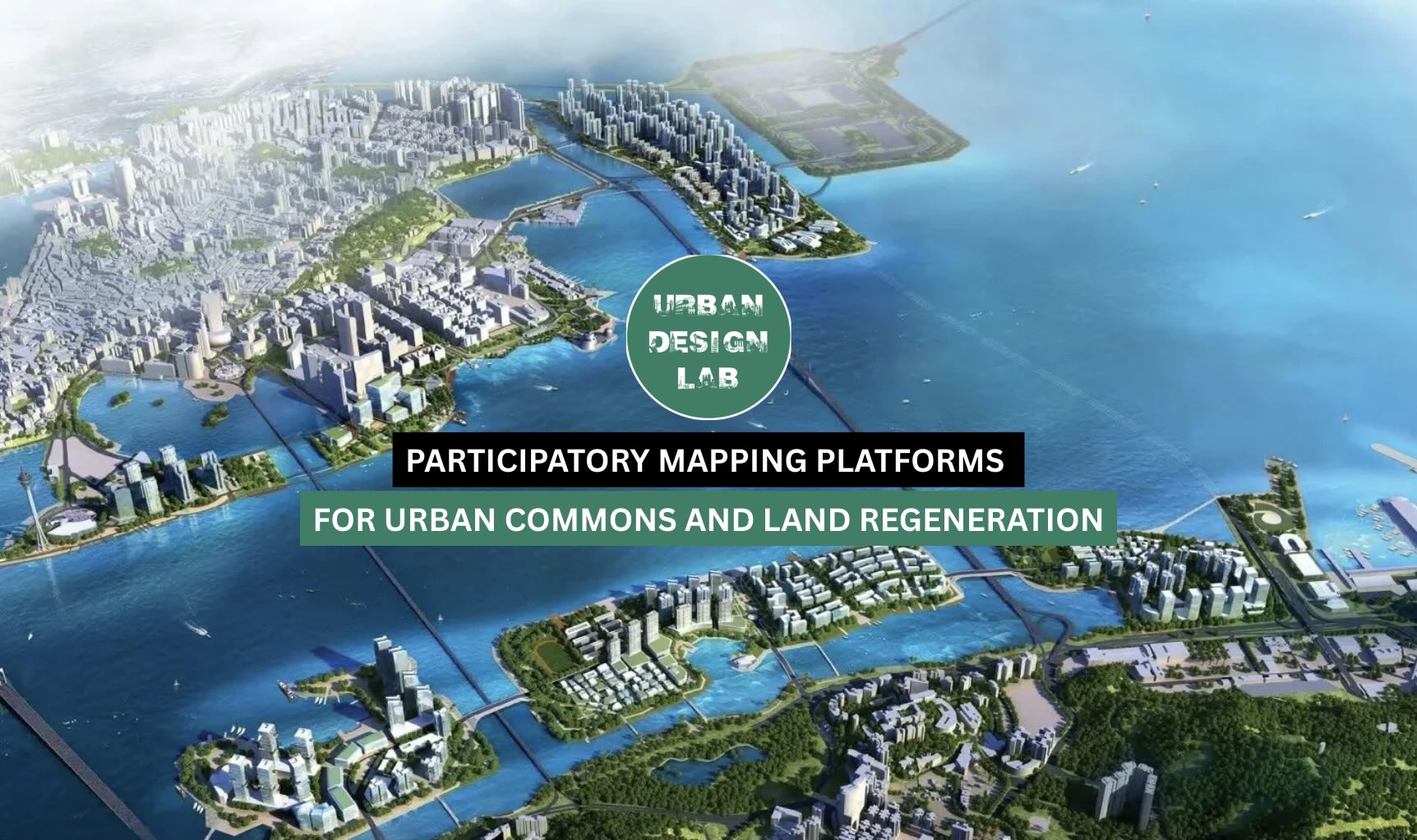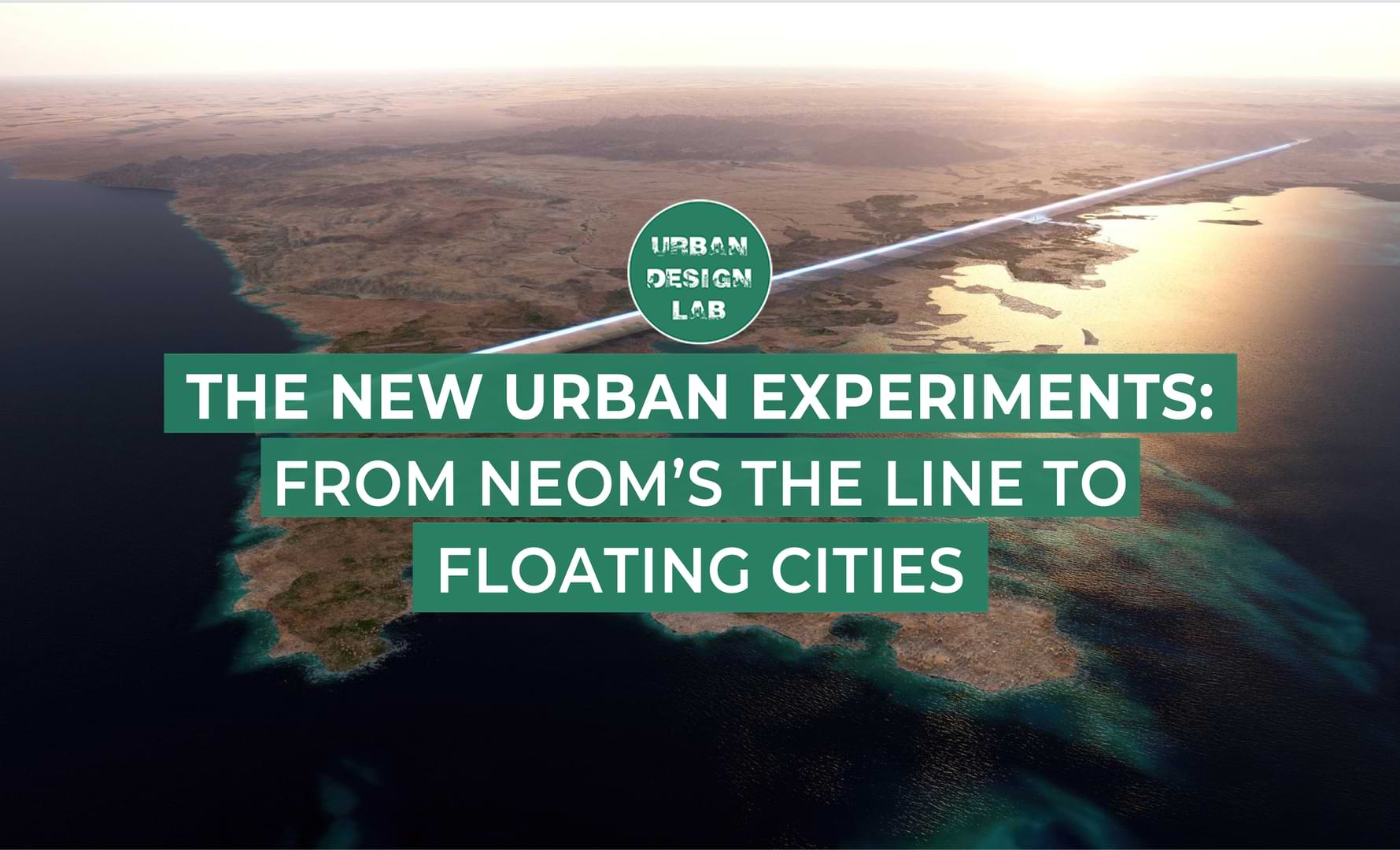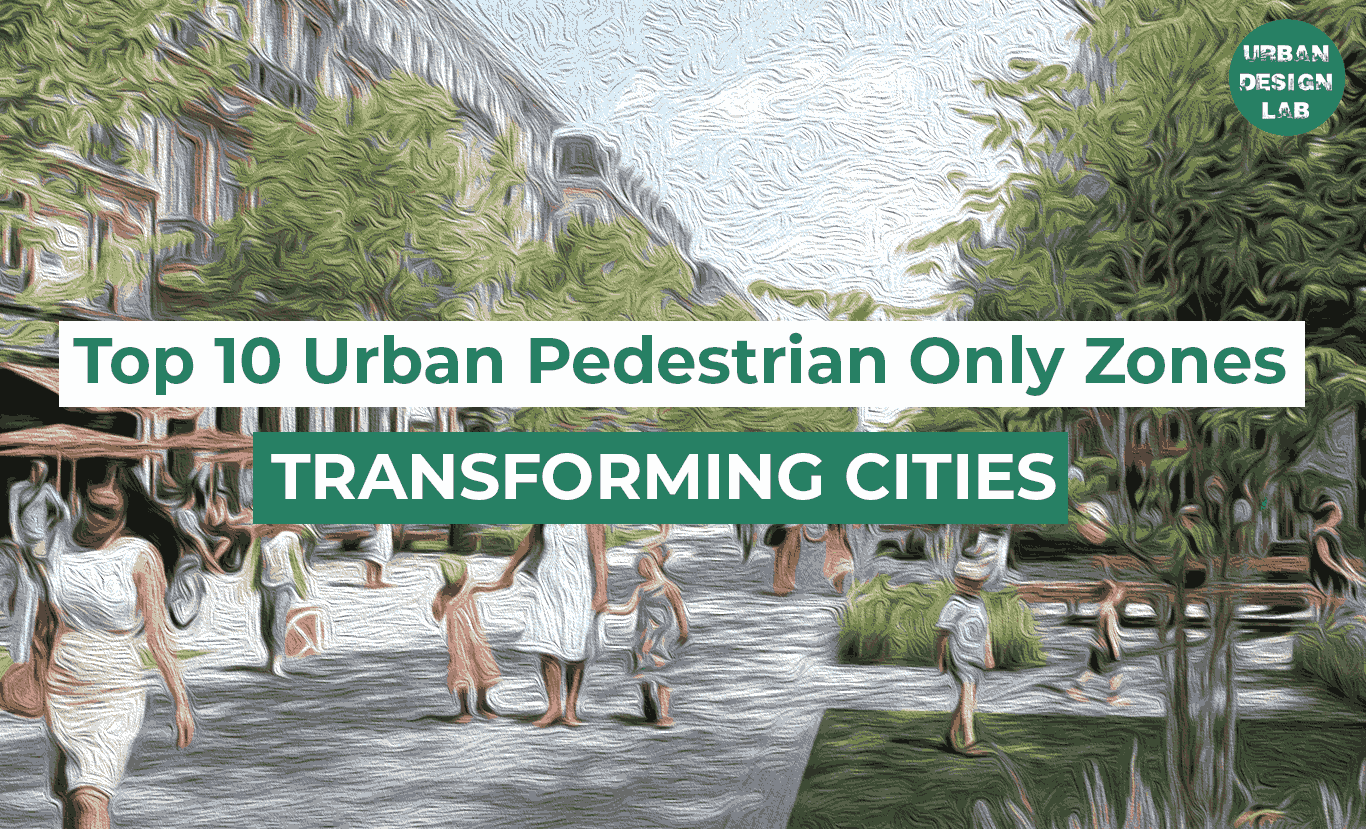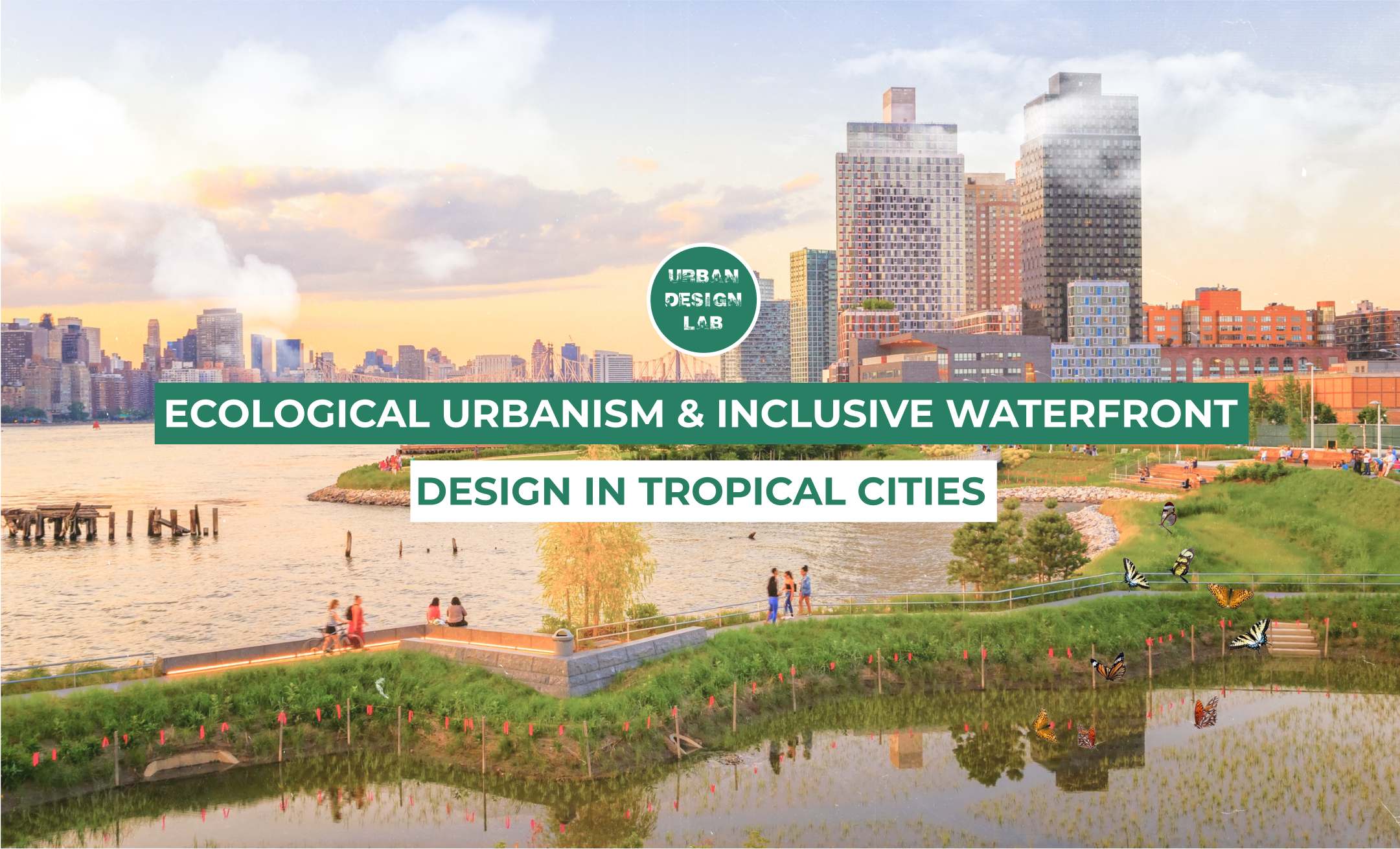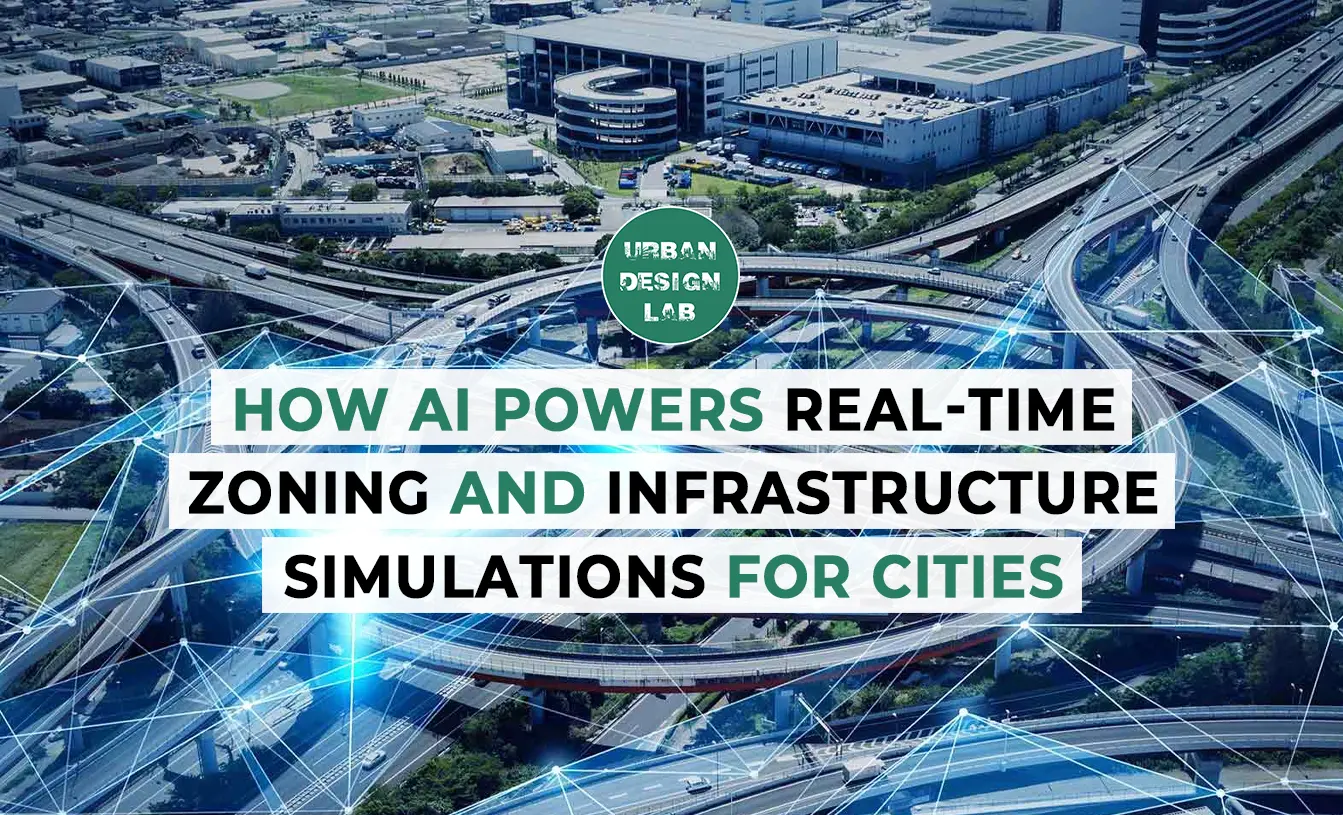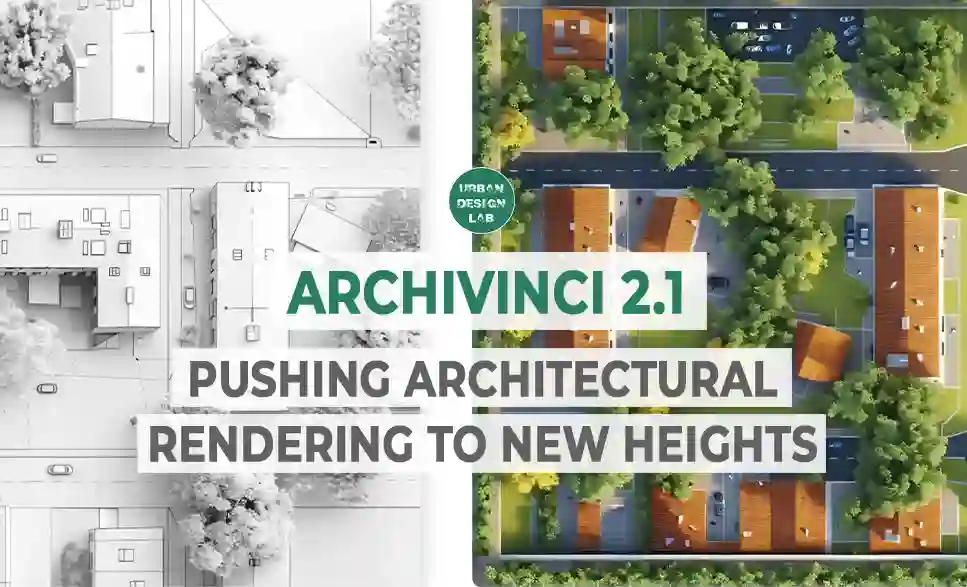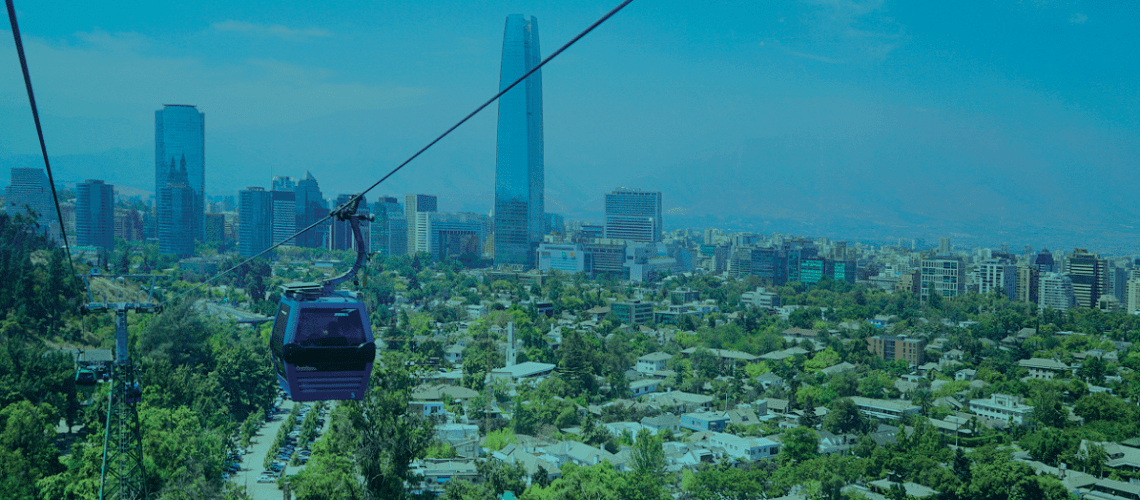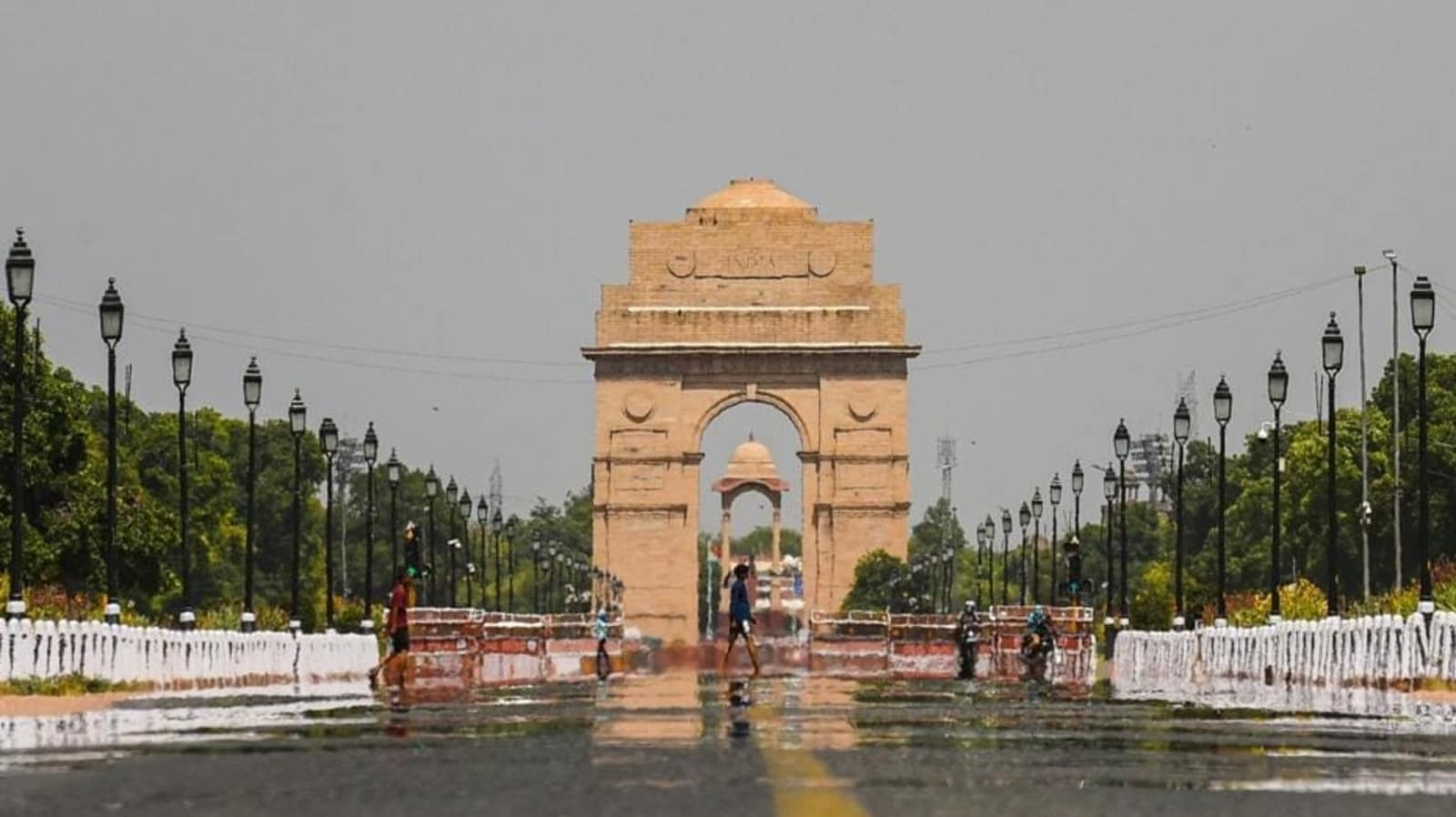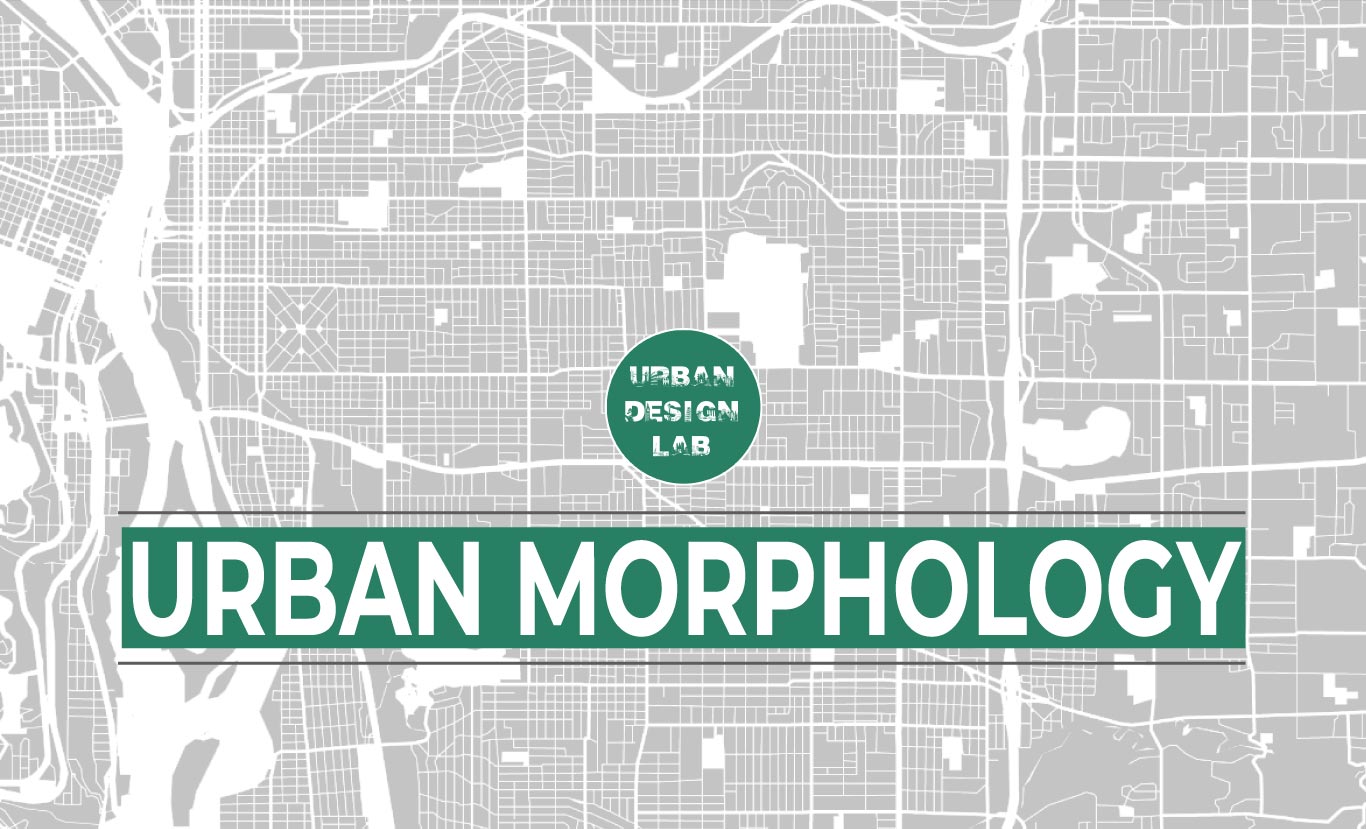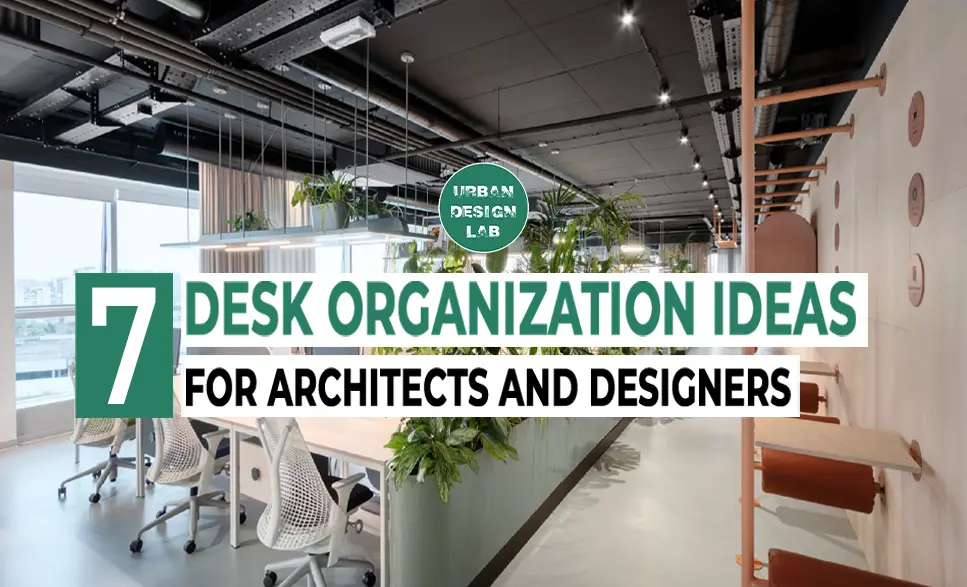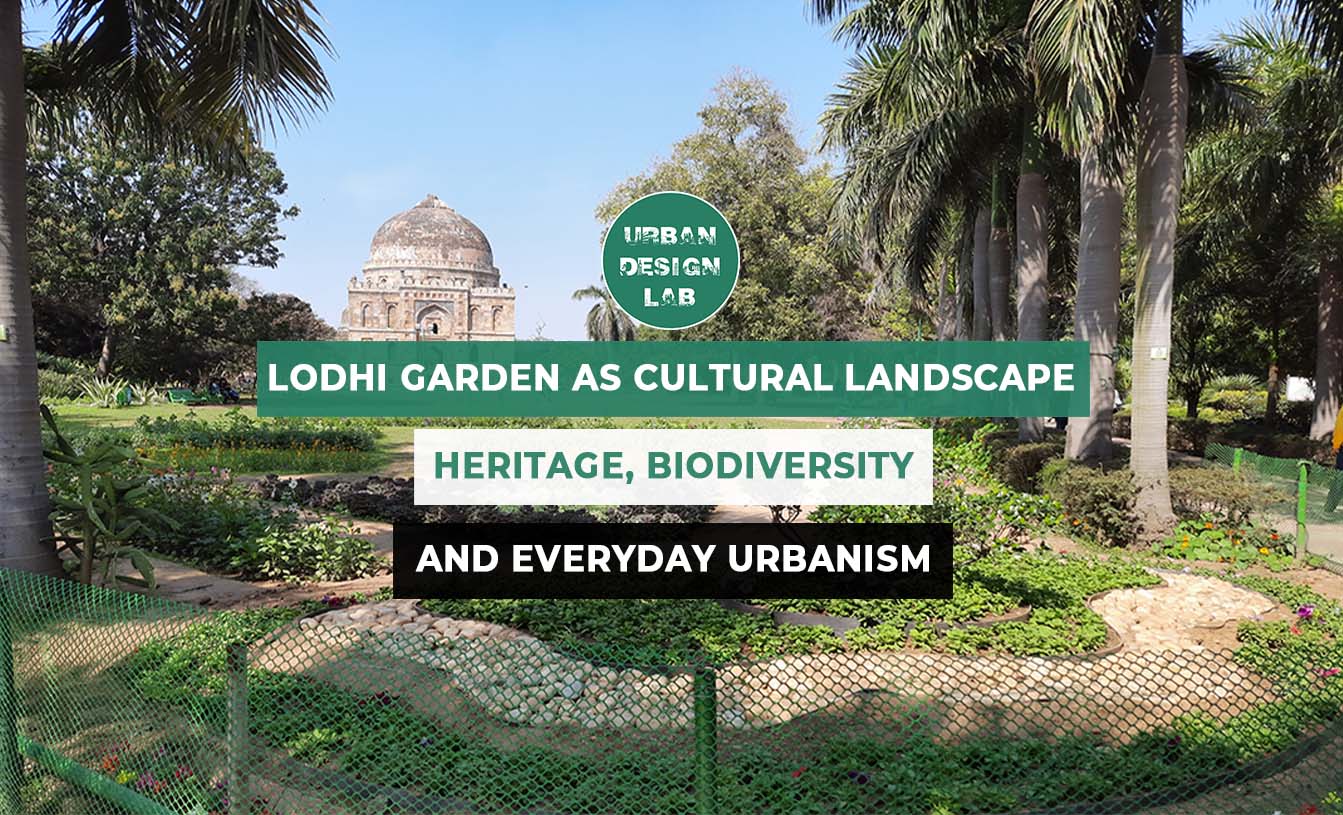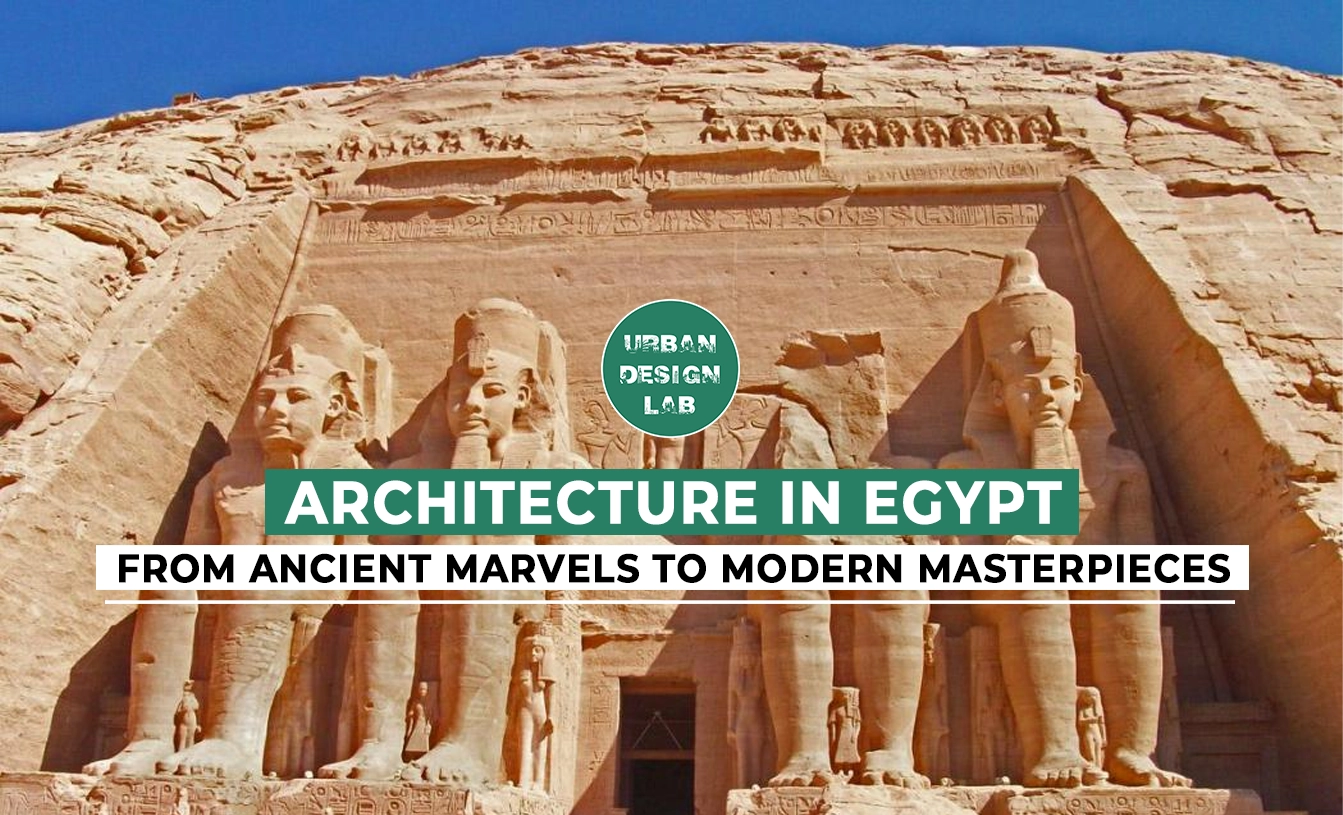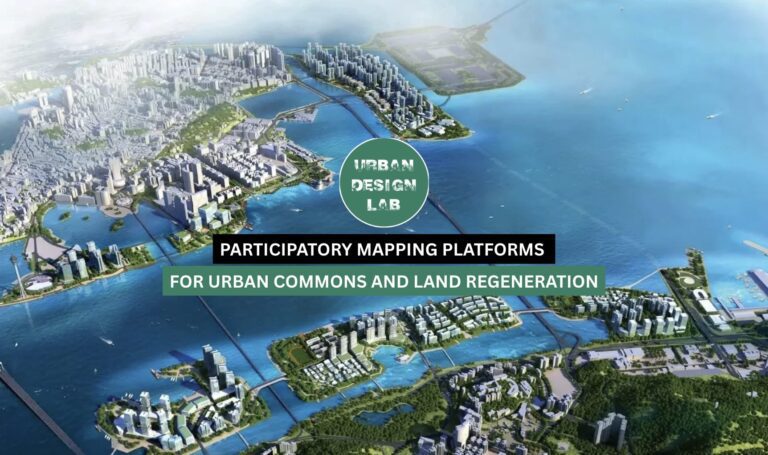
The Role of Culture in Urban Design and Planning
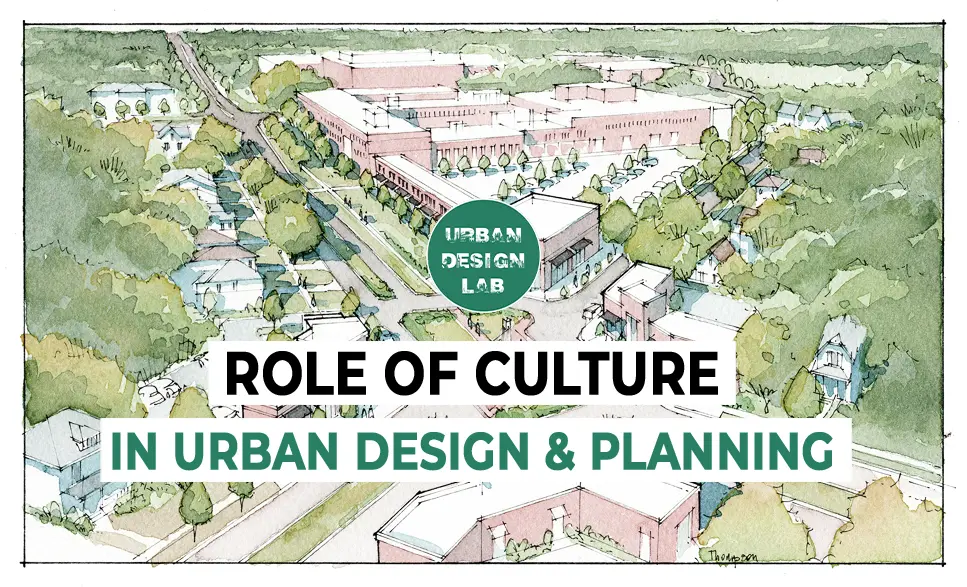
Urban design and planning extend far beyond technical concerns like zoning and infrastructure—they are intertwined with the social and cultural fabric of the communities they shape. As cities continue to grow and evolve, embedding cultural identity within the urban design process is increasingly recognized as a crucial factor in fostering vibrant, resilient, and inclusive spaces. Cultural-centric urban design emphasizes the preservation of heritage, local traditions, and social practices, ensuring that urban environments not only serve functional purposes but also reflect the distinct identities of their inhabitants.
Prominent urbanists and theorists, such as Jane Jacobs, Lewis Mumford, and Aldo Rossi, have long highlighted the importance of culture in city development. Jacobs, in her seminal work The Death and Life of Great American Cities, emphasized the role of local communities in shaping cities, arguing for the preservation of neighborhood identity. Mumford viewed cities as “theaters of social action,” where cultural exchange and interaction define urban life. Meanwhile, Rossi’s concept of “collective memory” underscores the significance of historical continuity in urban form, stressing that cultural memory is essential to understanding and designing cities.
Integrating these cultural principles into urban planning can result in spaces that not only support economic growth but also enhance social cohesion and cultural vibrancy. In this article, we explore the role of culture in urban design, examining how it influences the development of sustainable, inclusive, and human-centered urban environments.
Community Engagement
Community engagement is essential in culturally-centric urban design, ensuring that local voices shape the urban landscape. This process starts with participatory design, where residents are actively involved in the planning stages. Architects and planners facilitate workshops, surveys, and public forums to gather input, allowing diverse perspectives to influence design decisions.
This level of engagement fosters a sense of ownership among community members, transforming them into stakeholders in the development process. By understanding the unique cultural narratives and needs of the population, designers can create spaces that genuinely resonate with local identities. Furthermore, ongoing dialogue between residents and planners enables projects to adapt to evolving community dynamics, ensuring that urban spaces remain relevant and meaningful over time.
When communities are engaged, the resulting designs not only reflect authentic cultural expressions but also strengthen social ties. This leads to vibrant, inclusive environments that celebrate local heritage. Ultimately, effective community engagement enhances the quality of urban life, creating spaces that serve functional purposes while fostering connection and belonging among residents.

Cultural Identity
Cultural identity plays a significant role in shaping urban environments that reflect the values and traditions of local communities. Architects and planners incorporate symbolic architecture and design elements that resonate with the unique heritage of each area. This may involve using traditional materials, styles, and motifs that evoke a sense of place and history.
Public art serves as a vital tool in this context; murals, sculptures, and installations celebrate local narratives and cultural expressions. By integrating art into public spaces, cities can create visually engaging environments that foster community pride and a strong sense of identity.
Additionally, culturally reflective design helps forge connections between residents and their surroundings, reinforcing a sense of belonging. This emphasis on cultural identity not only enhances the aesthetic appeal of urban spaces but also promotes social cohesion by honoring the diversity within the community.
As a result, culturally enriched environments contribute to a vibrant urban landscape that values and preserves local heritage, creating spaces where residents feel recognized and valued.

Source: Website Link
Place-Making
Place-making is a vital element of culturally-centric urban design, focusing on the creation of public spaces—parks, plazas, and squares—that promote social interaction and reflect local cultural identity. By designing areas where people can gather for events, markets, or casual meet-ups, place-making strengthens community bonds and enhances the urban experience.
Flexible and Inclusive Design Successful place-making involves designing adaptable spaces that cater to the evolving needs of a community. Flexible features like modular seating, green spaces, and public art ensure that these areas remain vibrant and inviting. Cities like Copenhagen and Melbourne have become global leaders in this approach, creating multipurpose spaces that support both daily activities and cultural celebrations.
Encouraging Walkability and Accessibility Pedestrian-friendly environments are key to effective place-making. Wide sidewalks, pedestrian zones, and bike lanes encourage walking and improve social interaction, as seen in walkable cities like Amsterdam. These spaces are designed to be accessible to everyone, fostering inclusivity and engagement.
Building Community Identity Place-making also enhances a community’s cultural identity by integrating local art, materials, and design elements that reflect the area’s heritage. This fosters a sense of belonging and pride, as seen in projects like Medellín’s transformation of public spaces, which strengthened community ties and revitalized neighborhoods.
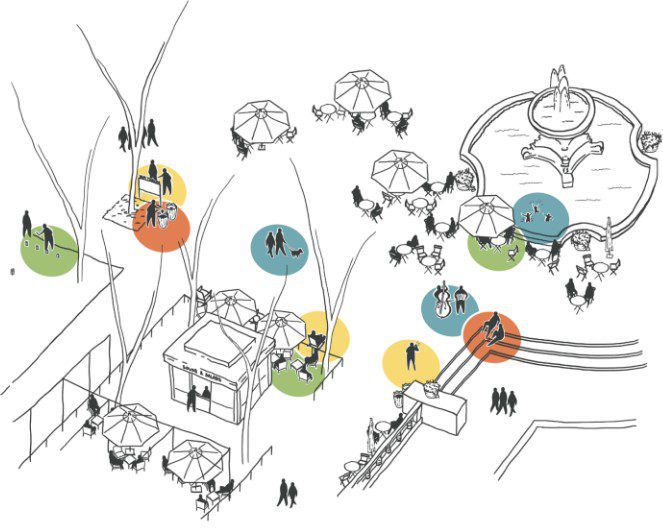
Sustainability and Local Resources
Sustainability and the use of local resources are essential principles in urban design that respects cultural heritage while promoting environmental responsibility. By using locally sourced materials, architects and planners can reduce transportation emissions and enhance the authenticity of buildings, reflecting the community’s architectural traditions. This approach not only supports local economies but also strengthens the cultural identity of urban spaces.
Adaptation to Local Climate and Geography Sustainable urban design also considers the local climate and geography, optimizing natural light, ventilation, and landscaping to create energy-efficient, comfortable environments. Incorporating green spaces such as parks, community gardens, and native plantings promotes biodiversity while offering residents relaxing outdoor areas that enhance well-being.
Fostering Environmental Stewardship By integrating sustainability into urban design, cities encourage residents to engage with and care for their environment. Combining eco-friendly practices with traditional construction methods results in resilient, functional urban spaces that honor both cultural heritage and nature.
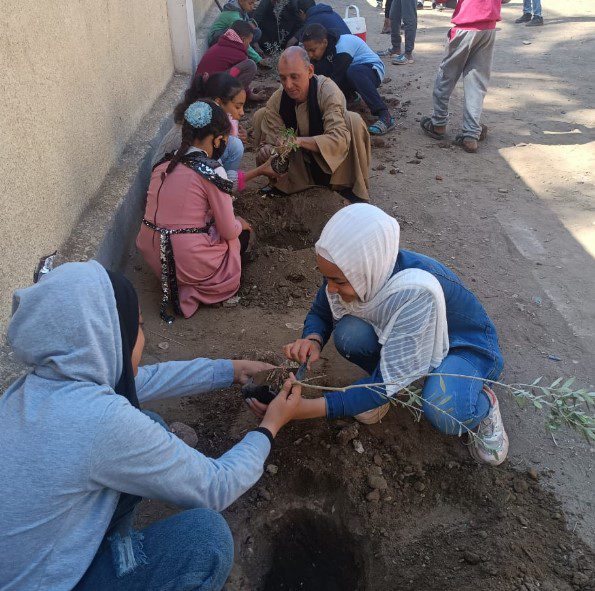
Accessibility and Inclusivity
Accessibility and inclusivity are essential elements of culturally centric urban design, ensuring that public spaces accommodate the diverse needs of all community members. Universal design principles guide the creation of environments that are accessible to people of all ages and abilities, including those with disabilities. This includes designing pathways, entrances, and amenities that are easy to navigate, fostering a sense of belonging for everyone.
Culturally sensitive design also takes into account the unique needs of various cultural groups, ensuring that spaces are welcoming and representative of the community’s diversity. By incorporating features such as multilingual signage, sensory-friendly areas, and culturally relevant programming, urban environments can better serve all residents.
Encouraging social interaction and participation among diverse groups helps to strengthen community ties and promotes a more cohesive social fabric. Ultimately, prioritizing accessibility and inclusivity in urban design not only enhances the quality of life for all residents but also reflects the values of equity and respect for diversity, creating a city that truly serves and represents its people.

-1
-1
-1
-1
-1
Conclusion
Incorporating cultural identity and sustainability into urban design creates more than just functional spaces—it fosters environments that are deeply connected to the community’s heritage, values, and future well-being. By prioritizing local resources, traditional methods, and eco-friendly practices, architects and planners can build cities that are resilient, inclusive, and environmentally responsible. This holistic approach not only strengthens social ties and community pride but also promotes a sustainable urban lifestyle that balances human needs with environmental stewardship. As cities evolve, embracing culturally-centric and sustainable design principles will be essential for shaping vibrant, meaningful, and enduring urban landscapes.
References
- Meyer, E. (2016). The culture map: Breaking through the invisible boundaries of global business. PublicAffairs.
- Gehl, J. (2010). Cities for people. Island Press.
- Sennett, R. (2018). Building and dwelling: Ethics for the city. Farrar, Straus and Giroux.
- Talen, E. (2012). City rules: How regulations affect urban form. Island Press.
- Carmona, M., & Tiesdell, S. (2013). Urban design reader. Architectural Press.
Kenzy Amr Sayed Afify
About the author
A third-year student at the German University in Cairo (Egypt), pursuing a degree in Architecture and Urban Design, with a particular focus on traditional architectural approaches and sustainability in the modern era
Related articles

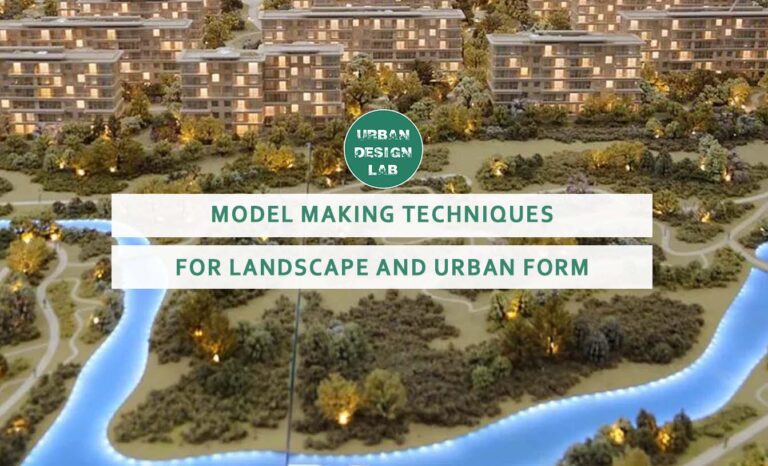
Model Making Techniques for Urban Design and Landscape
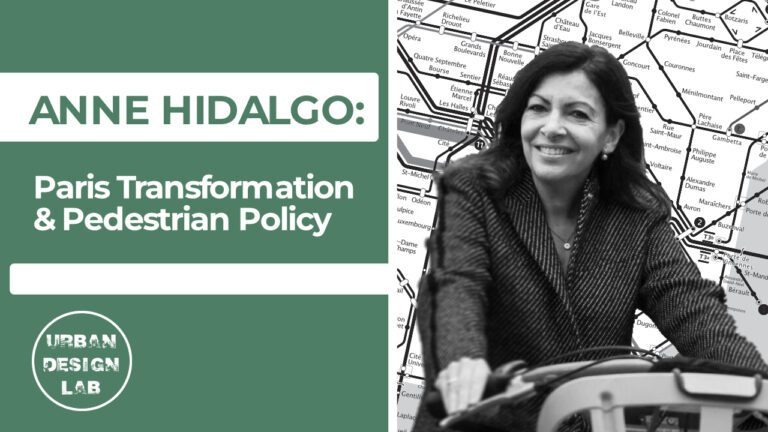
Anne Hidalgo – aris Transformation & Pedestrian Policy

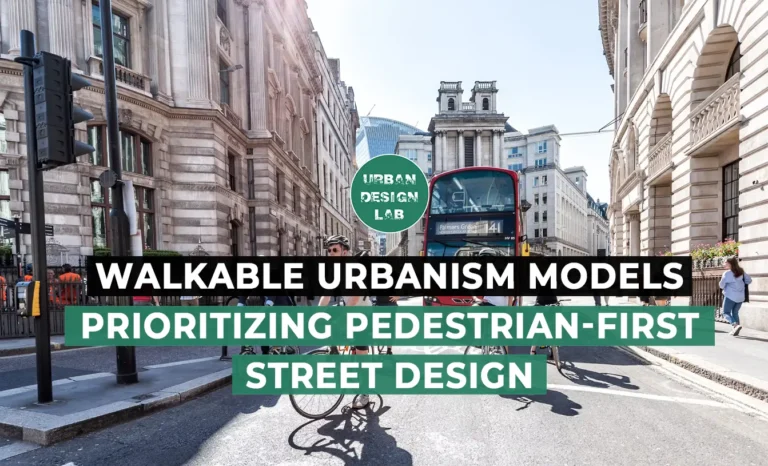
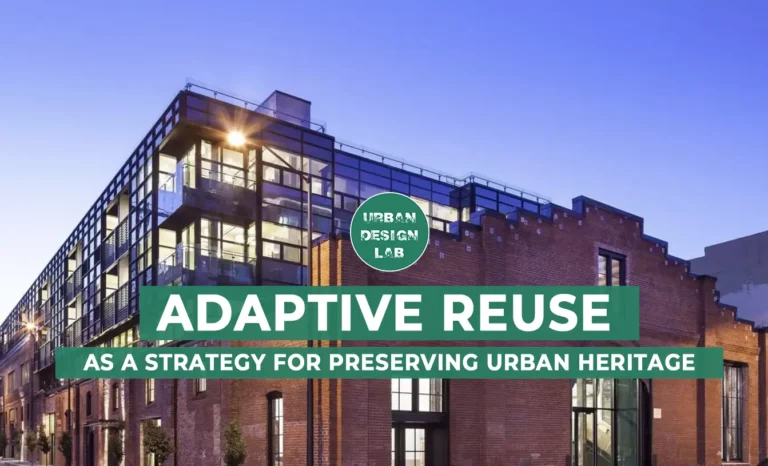
UDL GIS
Masterclass
Gis Made Easy- Learn to Map, Analyse and Transform Urban Futures
Session Dates
15th-19th December 2025

Urban Design Lab
Be the part of our Network
Stay updated on workshops, design tools, and calls for collaboration
Curating the best graduate thesis project globally!

Free E-Book
From thesis to Portfolio
A Guide to Convert Academic Work into a Professional Portfolio”
Recent Posts
- Article Posted:
- Article Posted:
- Article Posted:
- Article Posted:
- Article Posted:
- Article Posted:
- Article Posted:
Sign up for our Newsletter
“Let’s explore the new avenues of Urban environment together “


























